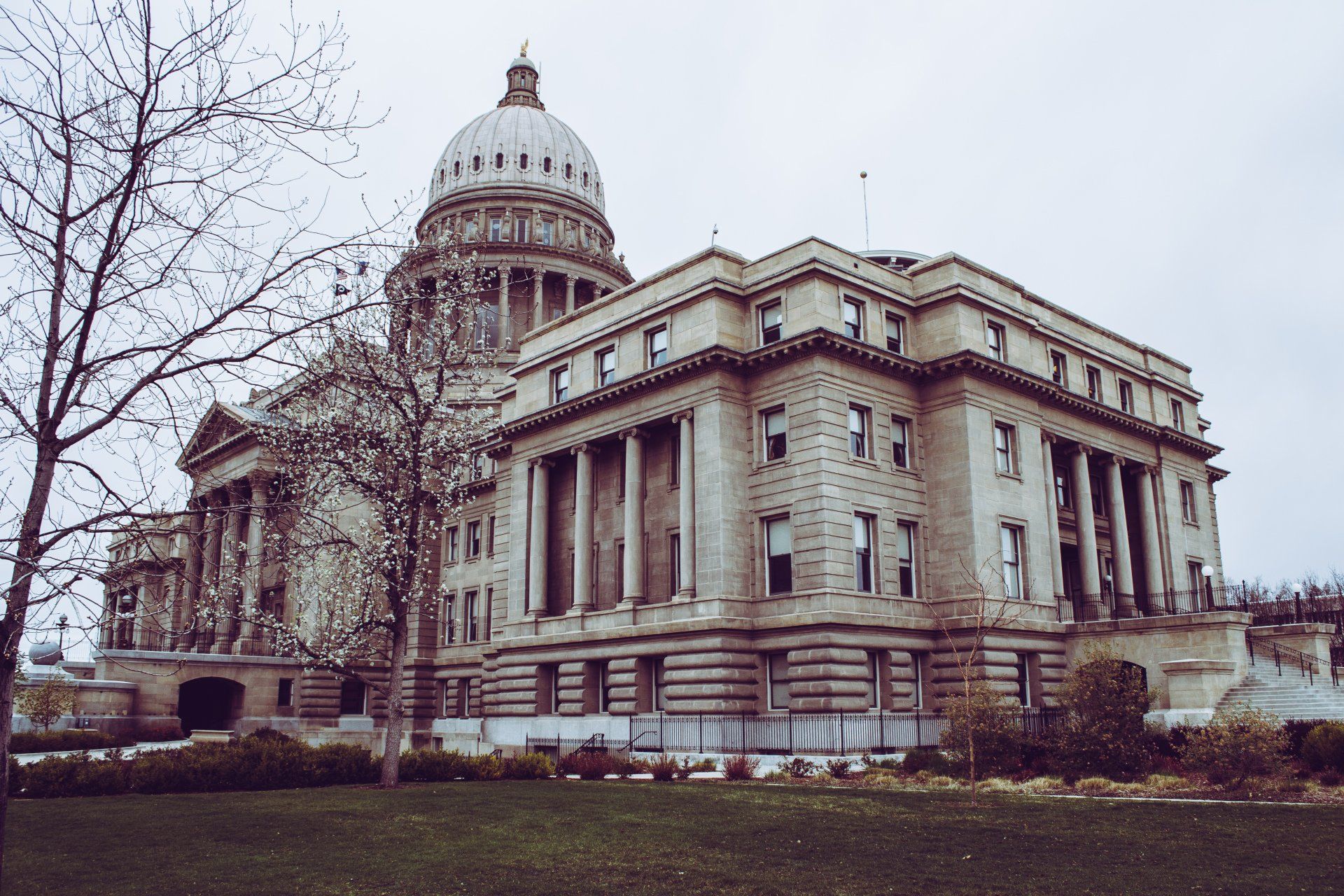How Should We Move Oil?
The Pros and Cons of Oil Pipelines Compared to Trucks and Rail.
More than a third of all energy consumed worldwide comes from oil, and its production and use is expected to grow over the next decade.
In 2020, global oil production fell to 88.4 million barrels per day, down from a previous high of 95 million barrels in 2019, due to the pandemic and the resulting economic slowdown. Despite this short-term drop, the International Energy Association predicts that production will reach 104.1 million barrels per day by 2026.
Once extracted, oil must be transported to refineries and other facilities before being delivered to end-users. Most oil is moved over land by pipelines, with trucks and rail making up the difference.
Canada and the US have a combined 480,000 km (298,000 miles) of transmission pipelines spread out across the continent capable of moving large quantities of oil over long distances. Since 2008, the two countries have added approximately 64,000 km (40,000 miles) of new pipelines. However, increasing public resistance to new oil infrastructure investments has led to the cancelation or delay of major projects, including the controversial Keystone XL pipeline.
This article will compare the transportation of oil via pipeline vs. truck and rail.
Transporting Oil Through Pipelines
High Volume Over Long Distances
Pipelines are vastly superior to truck and rail transportation when it comes to moving large volumes of oil. A tanker truck can carry about 200 barrels of oil, while a fully loaded train can move 60,000 barrels.
However, these numbers are dwarfed by the capacity of pipelines. For example, the existing Keystone pipeline can move 591,000 barrels per day, while the canceled Keystone XL pipeline was intended to move an additional 830,000 barrels/day across nearly 1,200 miles from Alberta to Nebraska.
This efficiency makes transporting oil through pipelines a far more cost-effective option. It costs shippers only $5 to move a barrel of oil by pipeline, significantly lower than the $10 - $15 required to transport by train, or the $20 to ship by truck.
Safety and Environmental Impact
The environmental impacts of new pipelines and oil infrastructure projects are always a primary concern. Environmental damage during construction can have negative consequences on surrounding ecosystems, while spills or other incidents can irreparably harm wildlife. It is generally agreed that pipelines are a safe and effective method to transport oil, though leaks and spills still occur. The Government of Canada states that 99.999 percent of oil transported through federally regulated pipelines moves safely and that only small amounts are spilled and not recovered.
However, a separate study comparing Canadian oil spills from 2011 to 2018 found that pipelines spilled a total of 3,470,000 gallons of oil compared to 734,000 gallons for rail.
These numbers are somewhat skewed by the fact that pipelines move much greater volumes of oil, so to get a direct comparison, another study looked at spills per million tons of oil moved per mile. It found trucking was the worst offender, spilling 326 barrels, followed by pipelines at 269 barrels, and rail at 83 barrels.
In the US, major oil pipeline spills such as the 2013 spill in North Dakota, the 2010 spill in Michigan, and the 2017 spill in South Dakota all released hundreds of thousands of gallons of oil and cost tens or hundreds of millions in clean up, recovery, and fines. Further, the remote nature of these pipelines means spills often happen away from roads and infrastructure, complicating efforts for clean-up and recovery crews.
Jobs and Economic Impact
Pipeline infrastructure projects can have a positive economic impact both locally and nationally. Transporting oil for export allows countries to access higher prices on world markets, while high-paying jobs are created to build, manage, and operate the pipeline.
It is estimated that pipeline operation and construction contributed $46.9 billion to the US GDP from 2015 – 2016. Similarly, the Alberta government estimated that the Keystone XL pipeline would have contributed $2.4 billion to Canada’s GDP if completed.
However, any conversation regarding job creation must consider that most construction jobs are temporary. A US State Department report concluded that the proposed Keystone XL pipeline would require 10,400 workers for 4 to 8 month periods. This is the equivalent of about 3,900 full-time, full-year positions. Once finished, the pipeline would only require about 35 full-time permanent and 15 temporary positions, a negligible amount when viewed through the lens of the entire labor force.
Transporting Oil by Truck and Rail
Existing Infrastructure and Minimal Investment
Rail is the next best option for moving large quantities of oil. In the US, rail transportation peaked at around 10 percent of American crude production with nearly 1 million barrels a day moved between 2010 and 2014. For comparison, pipelines moved nearly 9.3 million barrels per day in 2014.
The main benefit of rail is that the infrastructure already exists and requires little upfront investment. Consider the construction costs of a new pipeline. According to Oil & Gas Journal, it cost an estimated $6.57 million to build a single mile of pipeline in 2017. This can vary significantly depending on the diameter of the pipe, the type of oil being transported, and the local terrain and landscape. Construction projects take years and are often further stalled by permitting and regulatory processes, political and social resistance, and environmental impact assessments.
Because oil must be transported once it is taken out of the ground, companies have been willing to pay the higher costs to ship by train as pipelines reach capacity and new projects are delayed or canceled.
Flexibility and Speed
In addition to providing an alternative when pipelines are unavailable, rail can be the best option when companies need flexibility and speed. Pipelines are fixed, meaning they can only transport oil from one location to another that is directly on the route. They are also surprisingly slow. It takes 40 days for oil to travel from North Dakota to the Gulf Coast via pipelines. The same trip takes only five to seven days by train.
Shipping by rail also gives companies more flexibility to respond to changes in supply and demand. Pipelines typically require long-term commitments to ensure access, and companies must pay for reserved capacity regardless of how much they actually use. Rail, on the other hand, generally allows for greater control and shorter contracts, meaning transporters can adjust their shipments in response to the market.
Safety and Environmental Impact
As mentioned, rail contributes to oil spills and other environmental damage. Increased reliance on rail has also led to concerns over C02 emissions. Pipelines do emit some greenhouse gases from leaks and the fuel burned at compressor stations, but diesel-powered trains emit about 70 percent more greenhouse gases than pipelines. In response, both Canada and the US have introduced new standards to accelerate investment in fuel-efficient locomotives.
Looking at safety, trains loaded with oil can become extremely dangerous in the case of emergency or derailment. Unlike pipelines, trains often travel through densely populated cities and towns, increasing the risk of severe accidents with life-threatening consequences.
This risk was highlighted in 2013 when an unattended runaway train carrying more than 2 million gallons of oil jumped the tracks at over 65 mph in Lac-Megantic, Quebec. The train burst into flames and exploded, resulting in the deaths of 47 people and the destruction of most of the downtown core.
How to Best Transport Oil Remains a Crucial Question Going Forward
Each method of transporting oil has advantages and disadvantages. Pipelines are highly efficient and cost-effective once constructed but require significant upfront investments in time and money. Rail, on the other hand, provides readily available infrastructure and greater flexibility over how, when, and where oil can be moved. Trucks remain essential for last-mile delivery to fuel stations and other facilities that are not connected to other networks.
The question of how to best move oil from the production facility to refineries and on to end-users remains. And, for the time being, oil is a vital natural resource for both Canada and the US, and both countries will continue to invest in new ways to ensure it reaches domestic and international markets in a timely, safe, and cost-effective manner.


